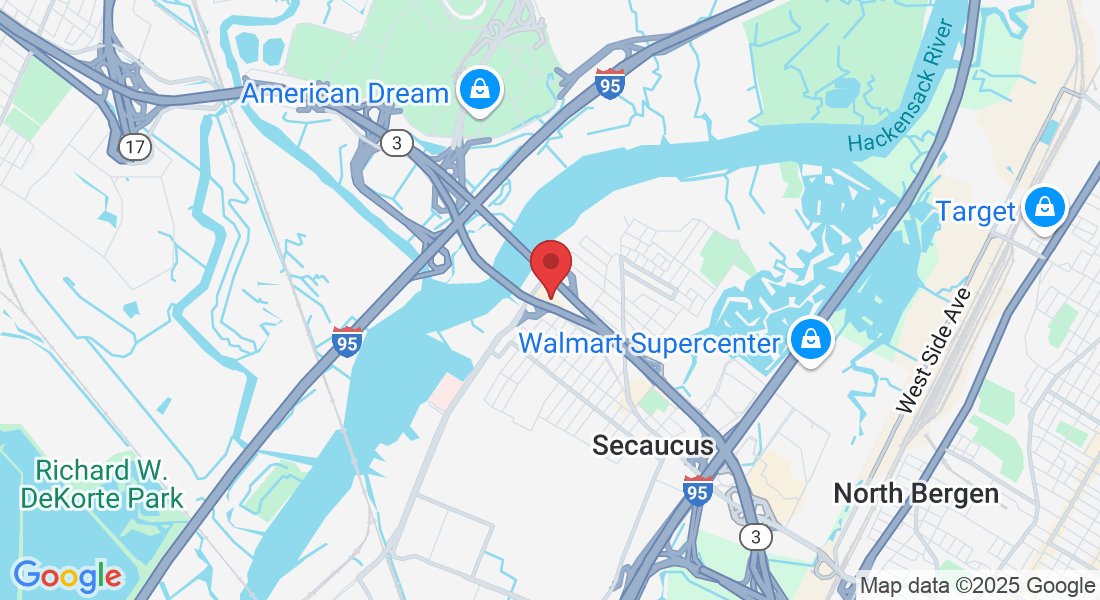New Jersey Rehab Experts
Specializing in comprehensive orthopedic care, New Jersey Rehab Experts offers a wide range of services including Physical Therapy, Sports Physical Therapy, Dry Needling, Chiropractic Care, Neuropathy Treatment, Pain Management, and Manual Therapy. Our state-of-the-art facility is staffed by board-certified therapists dedicated to delivering top-tier care, ensuring you achieve optimal recovery and wellness.
Clinic Located in Jersey City (Newport), Secaucus and Clifton
Genuine Feedback from
Our Patients
Our Affiliations

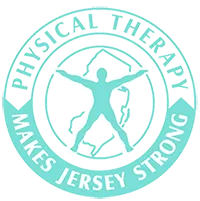

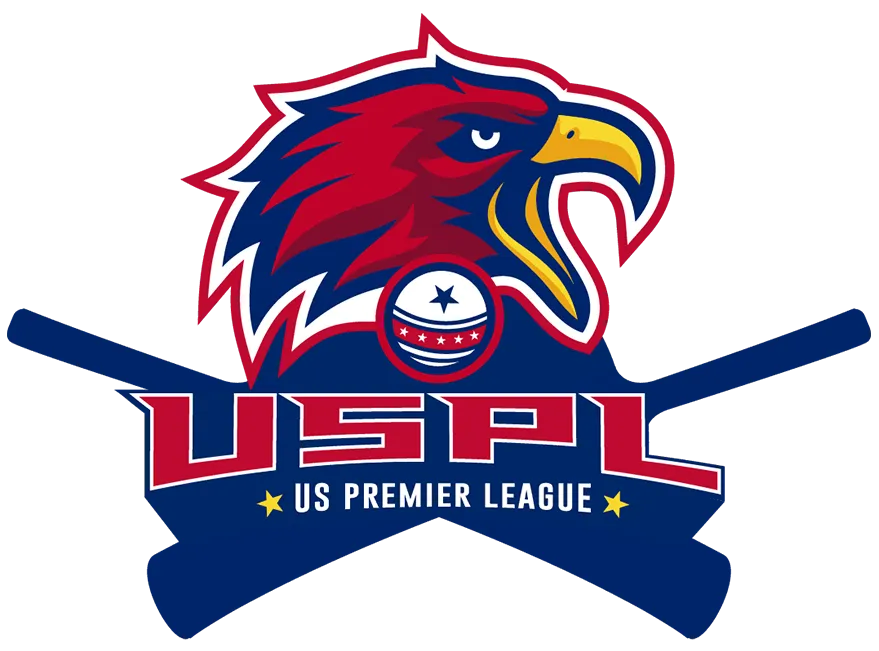


Explore Our Diverse Range of Disciplines
Discover a world of exceptional care customized for all ages! Our dedicated professionals deliver top-notch medical attention, expert rehabilitative therapy, and warm companion care for adults, seniors, and young patients. Experience personalized healthcare with a heart!
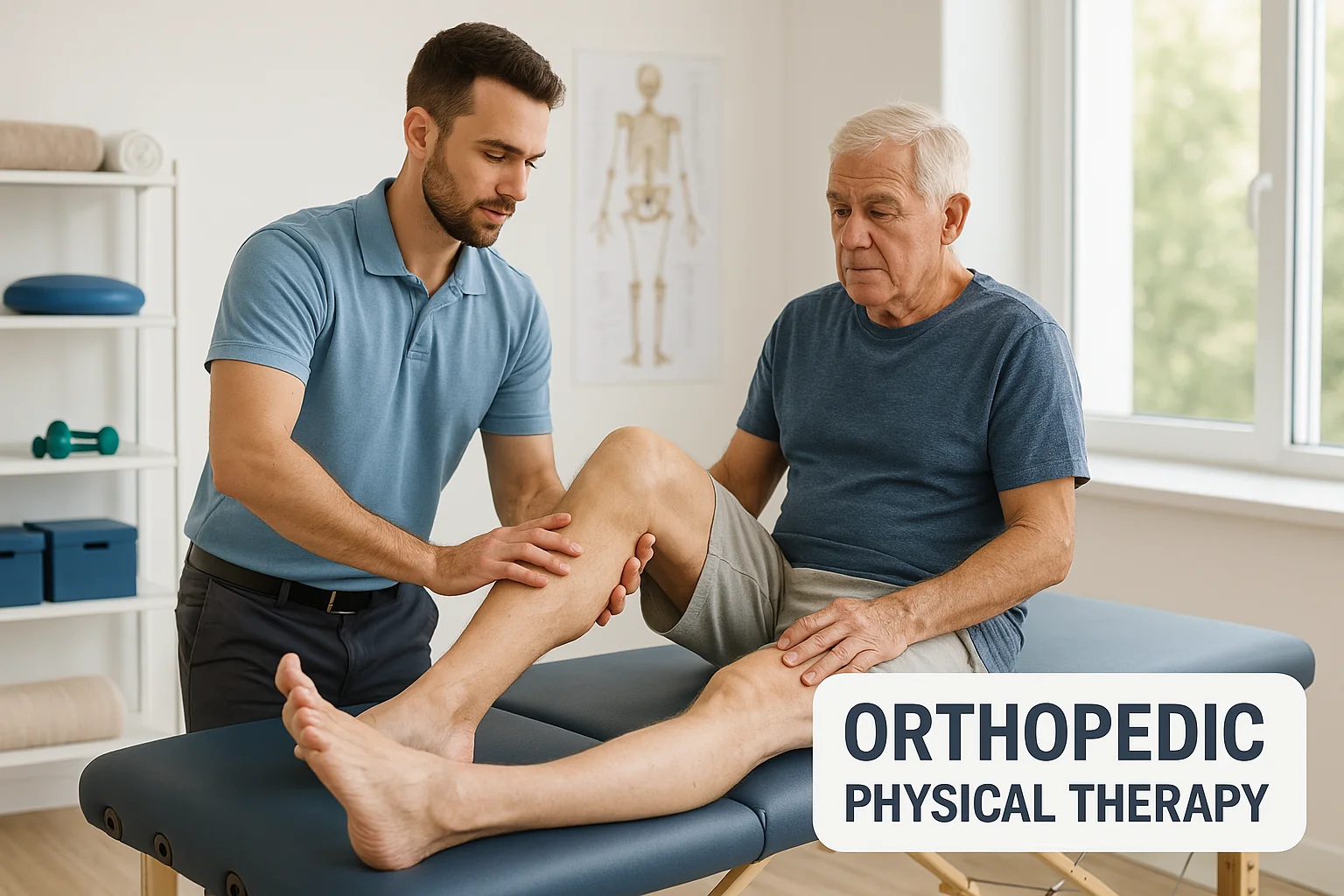
Orthopedic Physical Therapy
Specialized care for musculoskeletal injuries, surgeries, and chronic conditions affecting bones, joints, muscles, ligaments, and tendons.
- Sports injuries
- Arthritis management
- Post-surgical rehab

Geriatric Physical Therapy
Specialized care for older adults, addressing age-related changes affecting balance, strength, mobility, and independence.
- Fall prevention
- Balance training
- Mobility enhancement
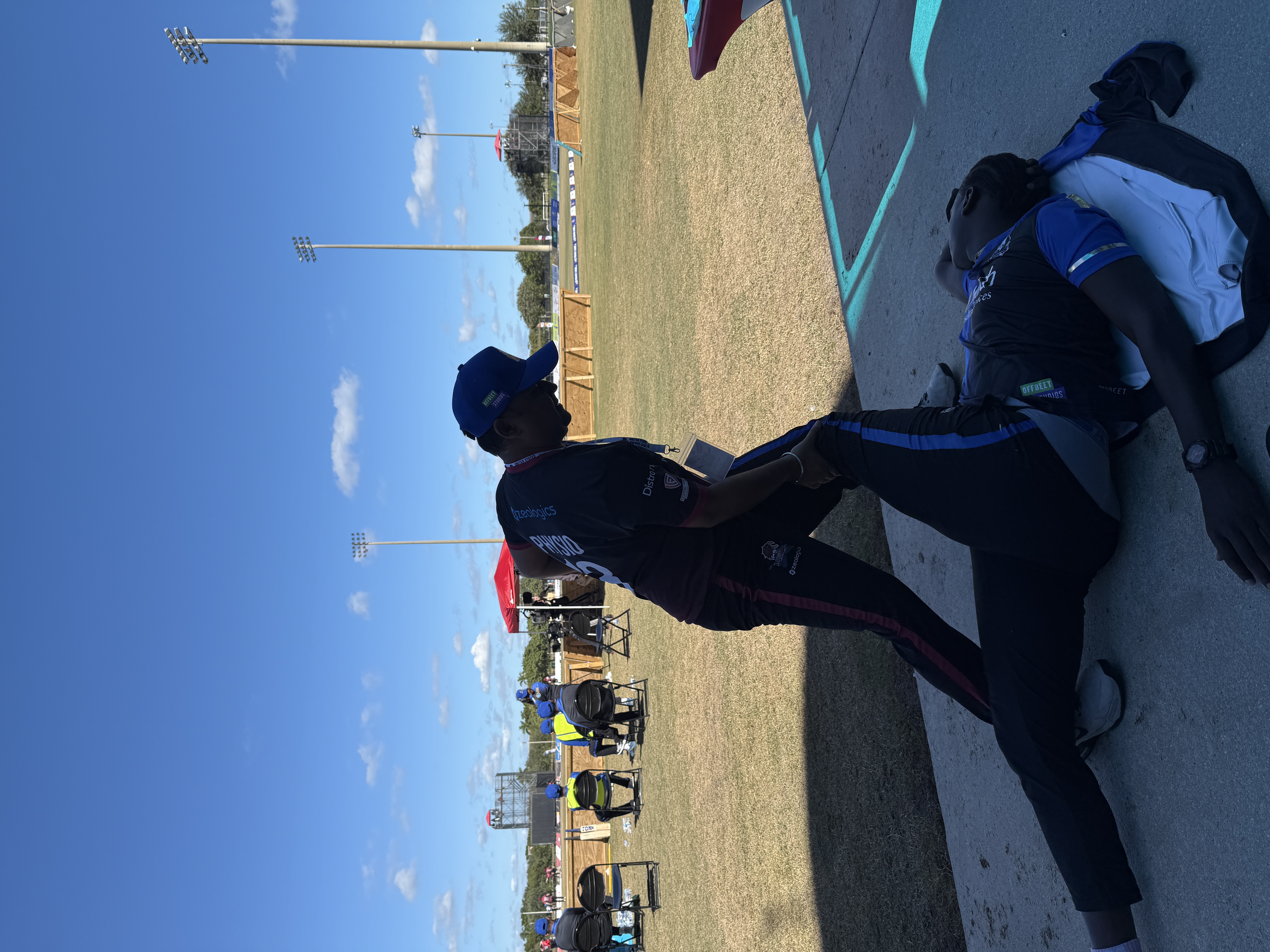
Sports Physical Therapy
Specialized rehab for athletes of all levels, from weekend warriors to professionals, focusing on injury recovery and performance enhancement.
- ACL rehab
- Return-to-play testing
- Performance optimization
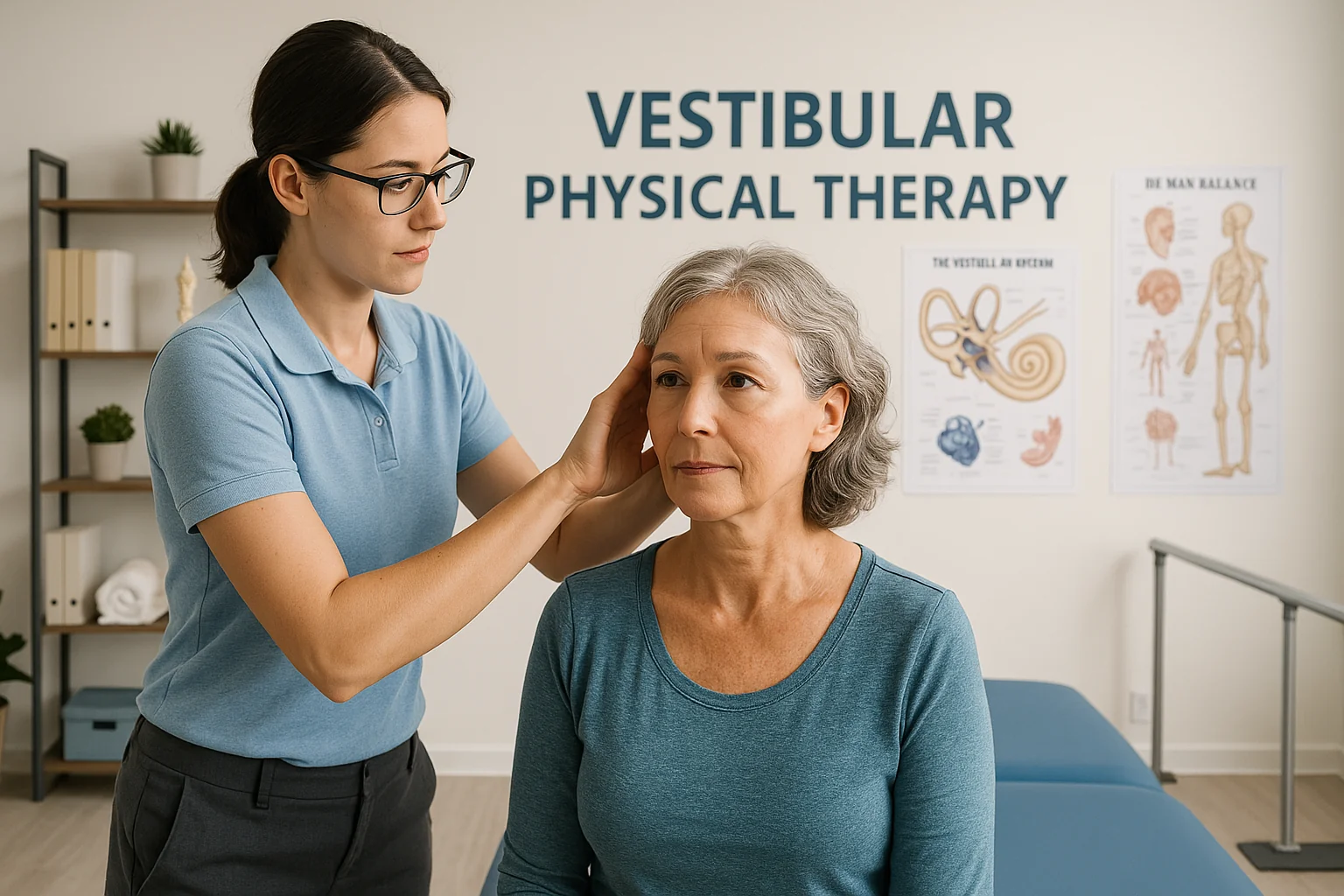
Vestibular Rehabilitation
Specialized therapy for dizziness, vertigo, and balance disorders stemming from inner ear and balance system dysfunction.
- BPPV treatment
- Balance retraining
- Dizziness management
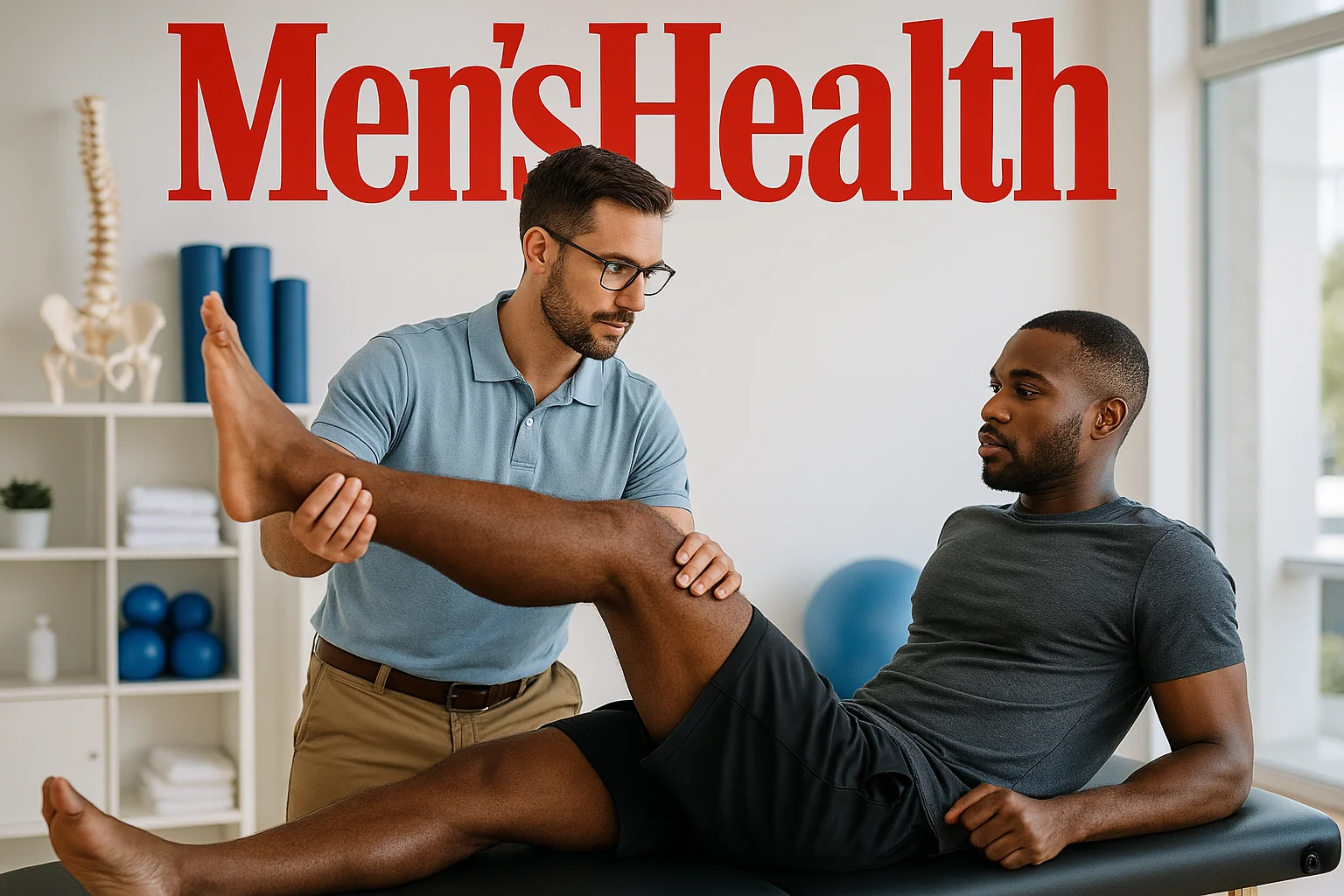
Men's Health Physical Therapy
Specialized care for pelvic floor dysfunction and related issues, providing discreet, effective treatment for men's specific health needs.
- Pelvic pain relief
- Post-prostatectomy rehab
- Urinary dysfunction

Motor Vehicle & Work Injury Rehab
Specialized care for car accidents and workplace injuries, with expert documentation and coordination with insurance providers.
- Whiplash treatment
- Workers' comp cases
- Personal injury claims
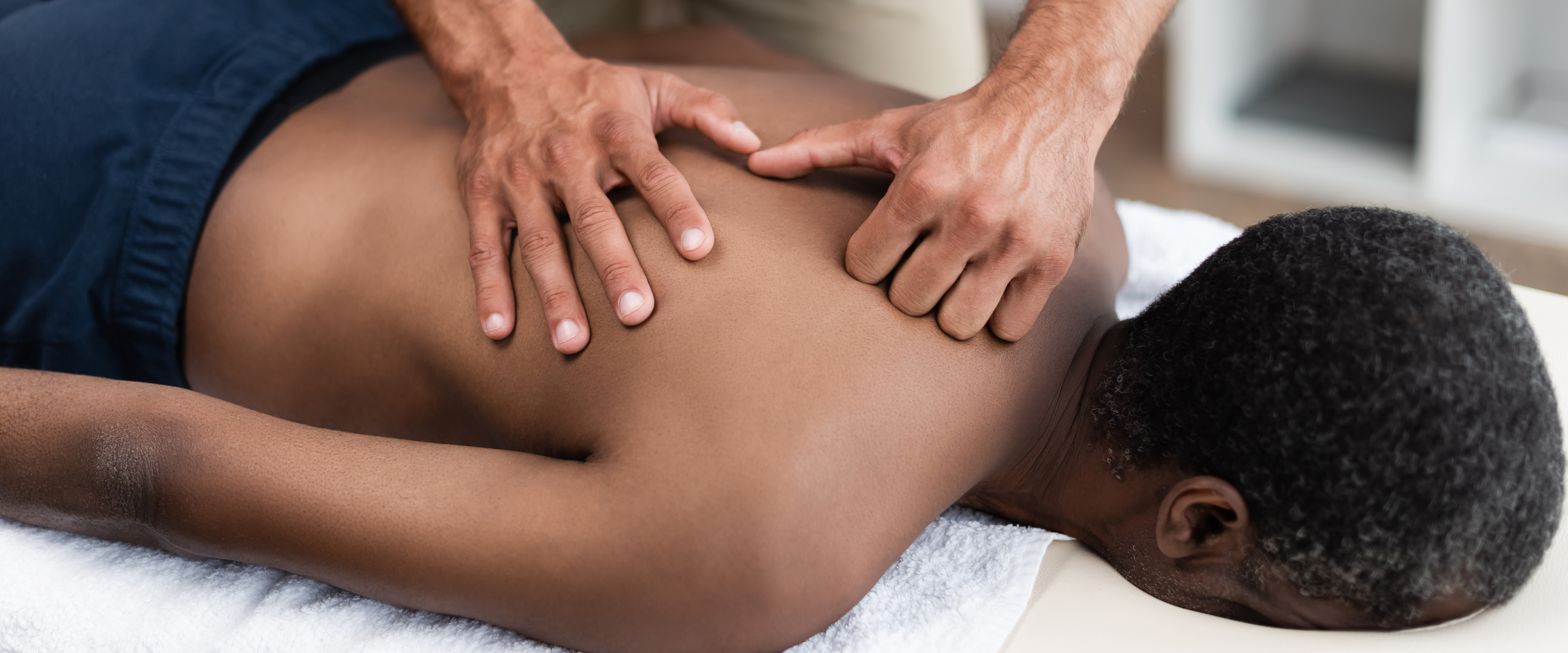
Manual Therapy
Hands-on approach using specialized techniques to relieve pain, improve mobility, and accelerate healing naturally.
- Mulligan Mobilizations
- McKenzie Method
- Myofascial Release
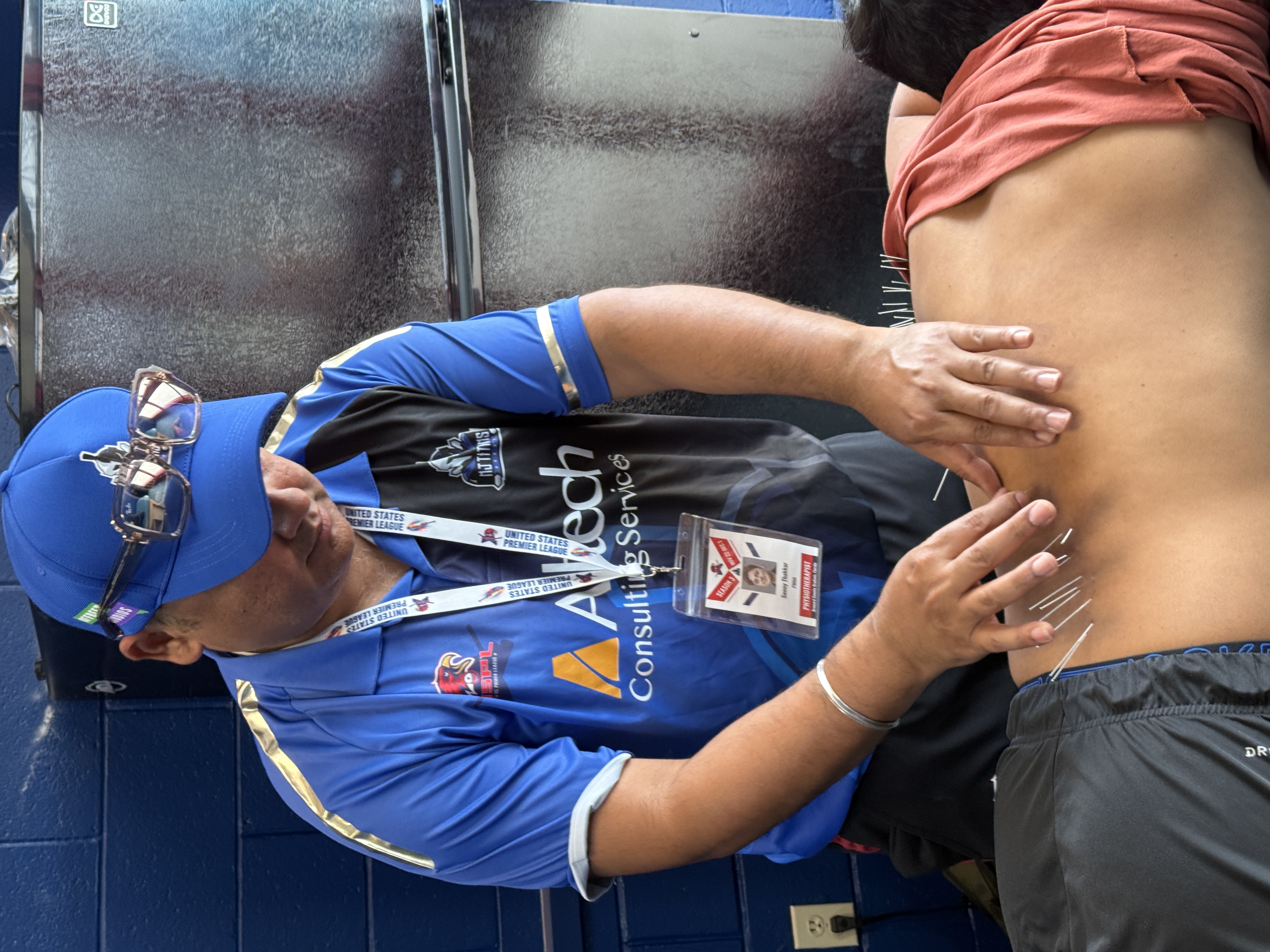
Dry Needling
Modern technique using thin, sterile needles to target trigger points, releasing muscle tension and restoring normal function.
- Back & neck pain
- Headaches & migraines
- Sports injuries
Ready to start your recovery journey?
Our expert therapists are ready to help you live pain-free and regain your mobility.
Our Advantages
Specialized Programs for Every Need
From orthopedic rehab and sports therapy to vestibular, pelvic health, and post-injury recovery, we provide comprehensive, patient-focused solutions.
State-of-the-Art Techniques & Technology
We use cutting-edge treatments like dry needling, spinal manipulation, Mulligan & McKenzie techniques, Fit3D scans, Shockwave Therapy , Cupping and more to accelerate healing.
Personalized One-on-One Care
Every patient receives individualized treatment plans with hands-on attention to ensure faster recovery and long-term results.
Trusted by Athletes & Community Leaders
Official providers for multiple cricket teams and a member of respected healthcare associations—our reputation speaks for itself.
Multiple Convenient Locations Across NJ
With clinics in Jersey City, Secaucus, Clifton , and beyond, we’re always within reach—offering flexible scheduling and bilingual support.
Seamless Support for Injury Claims & Recovery
We coordinate care with attorneys, physicians, and insurers for patients recovering from motor vehicle or work-related injuries, ensuring smooth documentation and stress-free rehab.
Meet Our Team

Sunny Thakkar PT, MS ( Exercise Physiologist)
Physical Therapist

Ashish Sinha, PT, DPT
Physical Therapist

Dr. Rohit Farzala PT, DPT
Physical Therapist
About Us
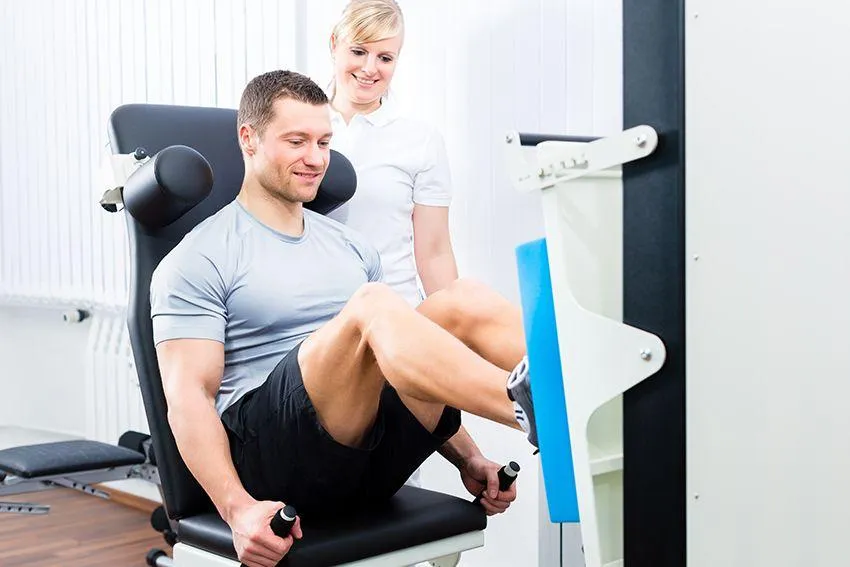
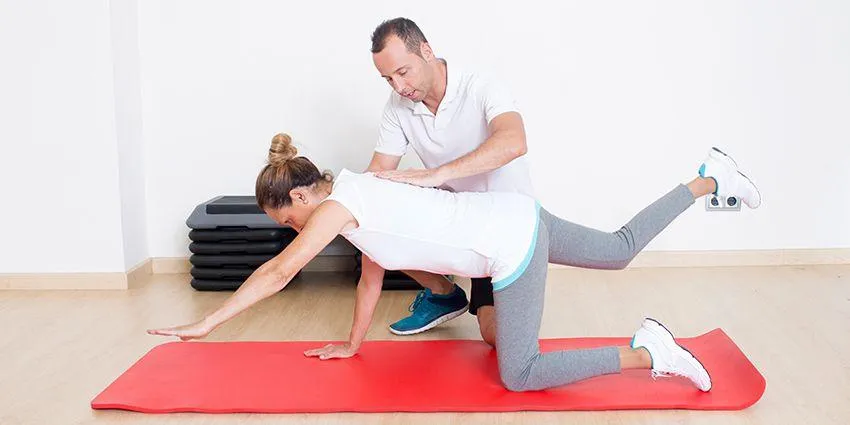
Experience rapid rejuvenation as our specialist team harnesses the power of advanced healing tech to erase pain with ease. We dive deep into your world, assessing every piece of the puzzle—stress at work, life pressures, physical health, nutrition, genes, posture, and even emotional ties—crafting a tailor-made wellness blueprint that's as unique as you are. With our dedicated holistic touch, we don't just treat symptoms; we empower you to embrace a pain-free, harmonious life.
Ask a Question

Unlocking Relief: Top Causes and Solutions for Elbow Pain When Lifting
Unlocking Relief: Top Causes and Solutions for Elbow Pain When Lifting
Elbow pain can be a frustrating setback, especially when it hinders your ability to lift and perform daily tasks. Whether you're a fitness enthusiast, a DIY homeowner, or simply someone who enjoys lifting everyday items, discomfort in your elbow can soon turn routine activities into daunting challenges. Many people experience this pain due to various factors, such as improper lifting techniques, repetitive strain, or underlying conditions like tendonitis. Understanding the root causes of elbow pain is essential for effective relief. In this article, we will delve into the top causes of elbow pain when lifting and explore practical solutions to help you unlock relief. Get ready to reclaim your strength and regain control over your daily activities, free from the burden of elbow discomfort.
Understanding Elbow Pain: An Overview
Elbow pain is a common issue that can significantly impact your daily life and activities. This discomfort can arise from a variety of sources, each with its own set of symptoms and treatments. The elbow is a complex joint that allows for a wide range of movements, making it susceptible to injuries and strain. Its intricate structure includes bones, muscles, tendons, and ligaments, all of which need to work harmoniously for optimal function. When any part of this system is compromised, it can result in pain and limited movement.
Understanding the underlying causes of elbow pain is crucial for effective treatment and prevention. The pain can range from a dull ache to sharp, debilitating sensations, often exacerbated by specific movements or activities. By identifying the root cause of your elbow pain, you can tailor your approach to treatment and find relief more effectively. This overview aims to provide a foundation for recognizing the common issues that lead to elbow discomfort, setting the stage for more detailed discussions on specific causes and solutions.
In addition to mechanical problems, other factors such as inflammation, nerve compression, and systemic conditions can contribute to elbow pain. Conditions like arthritis or bursitis, for example, can create a persistent ache that interferes with daily tasks. Understanding these various factors is essential for developing a comprehensive treatment plan. In the following sections, we will explore the most prevalent causes of elbow pain during lifting and provide practical solutions to help you manage and prevent this common issue.
Common Causes of Elbow Pain During Lifting
One of the most prevalent causes of elbow pain during lifting is lateral epicondylitis, commonly known as tennis elbow. Despite its name, this condition is not exclusive to tennis players. It occurs when the tendons that join the forearm muscles to the outside of the elbow become inflamed or damaged due to repetitive stress. This repetitive motion can stem from various activities, including lifting weights, carrying heavy objects, or even repetitive tasks like typing.
Another common cause is medial epicondylitis, also known as golfer's elbow. This condition affects the tendons on the inside of the elbow and is typically caused by repetitive wrist and arm motions. Like tennis elbow, golfer's elbow can result from a range of activities beyond sports, such as lifting heavy objects incorrectly or performing repetitive tasks that strain the forearm muscles. The pain associated with medial epicondylitis can be particularly bothersome when trying to lift or grip objects.
Additionally, elbow pain can result from bursitis, an inflammation of the bursa—a small fluid-filled sac that acts as a cushion between bones and other moving parts. Bursitis in the elbow, or olecranon bursitis, often results from repetitive pressure or trauma. This condition can cause significant pain and swelling, making it difficult to perform lifting activities comfortably. Understanding these common causes is the first step toward finding effective solutions and preventing further injury.
The Role of Proper Lifting Techniques
Proper lifting techniques are essential for preventing elbow pain and minimizing the risk of injury. Incorrect lifting methods can place undue stress on the elbow joint and surrounding tissues, leading to inflammation and pain. One of the most common mistakes is using the arms and elbows as the primary source of strength when lifting. Instead, you should engage your core muscles and legs, which are better equipped to handle heavy loads.
When lifting, it is crucial to maintain a neutral wrist position to avoid putting excessive strain on the tendons and muscles of the forearm. Bending the wrists while lifting can exacerbate conditions like tennis elbow or golfer's elbow, leading to increased pain and discomfort. Keeping your wrists straight and using a firm grip can help distribute the load more evenly and reduce the risk of injury.
Another important aspect of proper lifting technique is to avoid sudden, jerky movements. Smooth, controlled motions are less likely to cause strain or injury to the elbow joint. Additionally, it is beneficial to take frequent breaks and avoid prolonged periods of heavy lifting, as this can lead to overuse and repetitive strain injuries. By adopting proper lifting techniques, you can significantly reduce the likelihood of developing elbow pain and ensure a safer, more effective approach to handling heavy objects.
How Muscle Imbalances Contribute to Elbow Pain
Muscle imbalances play a significant role in the development of elbow pain, particularly when lifting. When certain muscles are stronger or more dominant than others, it can lead to uneven distribution of stress and strain on the elbow joint. For instance, if the muscles of the forearm are significantly stronger than those of the upper arm, the elbow joint may bear more load than it is designed to handle, resulting in pain and discomfort.
One common muscle imbalance that contributes to elbow pain is between the flexor and extensor muscles of the forearm. The flexor muscles, which are responsible for bending the wrist and fingers, can become overdeveloped from activities involving gripping and lifting. Conversely, the extensor muscles, which straighten the wrist and fingers, may be underdeveloped. This imbalance can lead to conditions such as tennis elbow, where the extensor tendons become irritated and inflamed.
To address muscle imbalances, it is essential to incorporate a balanced exercise routine that targets all the muscles surrounding the elbow joint. Strengthening the weaker muscles and stretching the tighter ones can help restore balance and reduce the risk of injury. Exercises that focus on both the flexor and extensor muscles, as well as the muscles of the upper arm and shoulder, can provide comprehensive support to the elbow joint. By addressing muscle imbalances, you can alleviate existing pain and prevent future occurrences.
The Impact of Overuse and Repetitive Strain
Overuse and repetitive strain are leading causes of elbow pain, particularly in individuals who frequently engage in activities that involve lifting or repetitive motions. Overuse injuries occur when the elbow joint and surrounding tissues are subjected to repeated stress without adequate rest and recovery. This can lead to inflammation, microtears, and degeneration of the tendons and muscles, resulting in pain and limited function.
Repetitive strain injuries, such as tennis elbow and golfer's elbow, are common examples of overuse injuries. These conditions develop gradually over time as repetitive motions, such as lifting, gripping, or twisting, place constant stress on the tendons and muscles. Without proper rest and recovery, these tissues can become irritated and inflamed, leading to chronic pain and discomfort. It is crucial to recognize the early signs of overuse injuries and take proactive measures to prevent them from worsening.
One effective strategy for managing overuse and repetitive strain injuries is to incorporate regular rest periods and vary your activities to avoid continuous strain on the same muscles and tendons. Additionally, using proper lifting techniques and ergonomic tools can help reduce the risk of overuse injuries. Stretching and strengthening exercises can also play a vital role in maintaining the health and resilience of the elbow joint and surrounding tissues. By addressing the impact of overuse and repetitive strain, you can minimize the risk of chronic elbow pain and maintain optimal joint function.
Effective Stretching and Strengthening Exercises
Incorporating effective stretching and strengthening exercises into your routine is essential for preventing and managing elbow pain. Stretching exercises help maintain flexibility and reduce muscle tension, while strengthening exercises build resilience and support for the elbow joint. Both types of exercises are crucial for maintaining the overall health and function of the elbow.
One effective stretching exercise for relieving elbow pain is the wrist extensor stretch. To perform this stretch, extend your arm in front of you with your palm facing down. Use your other hand to gently pull your fingers back towards your body until you feel a stretch on the top of your forearm. Hold this position for 15-30 seconds and repeat on the other side. This stretch targets the extensor muscles and can help alleviate tension and discomfort associated with conditions like tennis elbow.
Strengthening exercises, such as wrist curls and reverse wrist curls, can help build the muscles that support the elbow joint. To perform wrist curls, hold a light dumbbell in your hand with your palm facing up. Rest your forearm on a flat surface, allowing your wrist to hang off the edge. Slowly curl the weight upwards, then lower it back down with control. Reverse wrist curls are performed similarly, but with your palm facing down. These exercises target both the flexor and extensor muscles, promoting balance and strength in the forearm.
In addition to these exercises, incorporating activities that engage the entire arm and shoulder complex can provide comprehensive support for the elbow joint. Exercises like bicep curls, tricep extensions, and shoulder presses can help build overall strength and stability. Regularly performing these stretching and strengthening exercises can significantly reduce the risk of elbow pain and improve your ability to lift and perform daily tasks comfortably.
When to Seek Professional Help for Elbow Pain
While many cases of elbow pain can be managed with home remedies and self-care, there are situations where seeking professional help is necessary. Persistent or severe pain that does not improve with rest and conservative treatments may indicate a more serious underlying condition that requires medical attention. Recognizing when to seek professional help is crucial for preventing further damage and ensuring proper treatment.
If you experience sudden, intense pain or hear a popping sound in your elbow during lifting, it is essential to seek medical attention immediately. These symptoms could indicate a tendon rupture or other acute injury that requires prompt intervention. Additionally, if you notice significant swelling, bruising, or deformity in your elbow, it is important to consult a healthcare professional to rule out fractures or other serious injuries.
Chronic elbow pain that persists for several weeks despite rest and home treatments should also be evaluated by a medical professional. Conditions like tennis elbow, golfer's elbow, or bursitis may require more advanced treatments, such as physical therapy, corticosteroid injections, or, in severe cases, surgical intervention. A healthcare provider can perform a thorough evaluation, including physical examination and imaging studies, to determine the underlying cause of your pain and develop an appropriate treatment plan.
Seeking professional help is also advisable if you have underlying medical conditions that could contribute to elbow pain, such as arthritis or nerve compression syndromes. A healthcare provider can offer specialized care and recommend treatments tailored to your specific needs. By seeking timely and appropriate medical attention, you can effectively manage your elbow pain and prevent long-term complications.
Home Remedies and Pain Management Strategies
Managing elbow pain at home involves a combination of rest, ice, compression, and elevation (RICE) along with other pain relief strategies. Rest is crucial for allowing the inflamed tissues to heal and preventing further strain. Avoid activities that exacerbate the pain and give your elbow sufficient time to recover. Applying ice packs to the affected area for 15-20 minutes several times a day can help reduce inflammation and numb the pain.
Compression and elevation are also effective in managing elbow pain. Using an elastic bandage or a compression sleeve can help reduce swelling and provide support to the elbow joint. Elevating your arm above heart level can further reduce swelling and promote circulation. These simple yet effective measures can significantly alleviate pain and discomfort, especially in the initial stages of an injury.
Over-the-counter pain medications, such as nonsteroidal anti-inflammatory drugs (NSAIDs), can provide relief from pain and inflammation. However, it is essential to use these medications as directed and consult a healthcare professional if you have any underlying health conditions or are taking other medications. In addition to medication, gentle stretching and strengthening exercises, as mentioned earlier, can aid in recovery and prevent future occurrences of elbow pain.
Incorporating ergonomic tools and modifications into your daily activities can also help manage and prevent elbow pain. Using tools with padded handles, adjusting your workstation to promote proper posture, and taking regular breaks to stretch can reduce the strain on your elbow joint. By combining these home remedies and pain management strategies, you can effectively relieve elbow pain and support your overall joint health.
Preventive Measures to Avoid Elbow Pain
Preventing elbow pain involves adopting a proactive approach to your daily activities and exercise routine. One of the most effective preventive measures is to use proper lifting techniques, as discussed earlier. Engaging your core and leg muscles, maintaining a neutral wrist position, and avoiding sudden, jerky movements can significantly reduce the risk of injury. Additionally, using appropriate equipment, such as lifting straps or ergonomic tools, can provide extra support and reduce strain on the elbow joint.
Regularly incorporating stretching and strengthening exercises into your routine is another crucial preventive measure. Ensuring that all the muscles surrounding the elbow joint are balanced and strong can help prevent imbalances and overuse injuries. Stretching exercises can maintain flexibility and reduce muscle tension, while strengthening exercises can build resilience and support for the elbow joint. Consistency is key, so make these exercises a regular part of your fitness regimen.
Listening to your body and recognizing the early signs of strain or discomfort is essential for preventing elbow pain. If you notice any pain or discomfort during lifting or other activities, take a break and allow your elbow to rest and recover. Ignoring these early signs can lead to more severe injuries and prolonged recovery times. By paying attention to your body's signals and taking preventive measures, you can maintain a pain-free and active lifestyle.
Conclusion: Embracing a Pain-Free Lifting Experience
Elbow pain can be a significant hindrance to your daily activities and overall quality of life. However, by understanding the common causes of elbow pain and implementing effective solutions, you can unlock relief and regain control over your lifting activities. Proper lifting techniques, addressing muscle imbalances, and managing overuse injuries are essential steps in preventing and alleviating elbow pain.
Incorporating regular stretching and strengthening exercises, seeking professional help when necessary, and using home remedies and pain management strategies can further support your journey to a pain-free lifting experience. By adopting a proactive and comprehensive approach, you can protect your elbow joint, enhance your overall joint health, and enjoy your daily activities without the burden of pain.
Embrace these strategies and make them a part of your routine to ensure a pain-free and fulfilling lifting experience. Whether you're lifting weights, carrying groceries, or performing DIY projects, taking care of your elbow joint will allow you to continue enjoying the activities you love with confidence and ease. Unlock the relief you deserve and reclaim your strength and functionality, free from the constraints of elbow discomfort.
No matter whether your condition was caused by a sport, work accident or otherwise,
we welcome the chance to serve you.
Opening Hours





